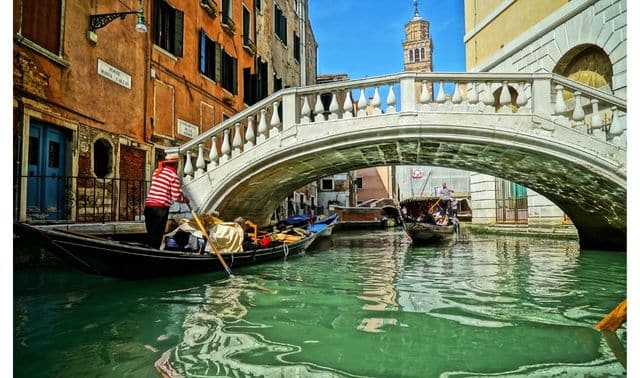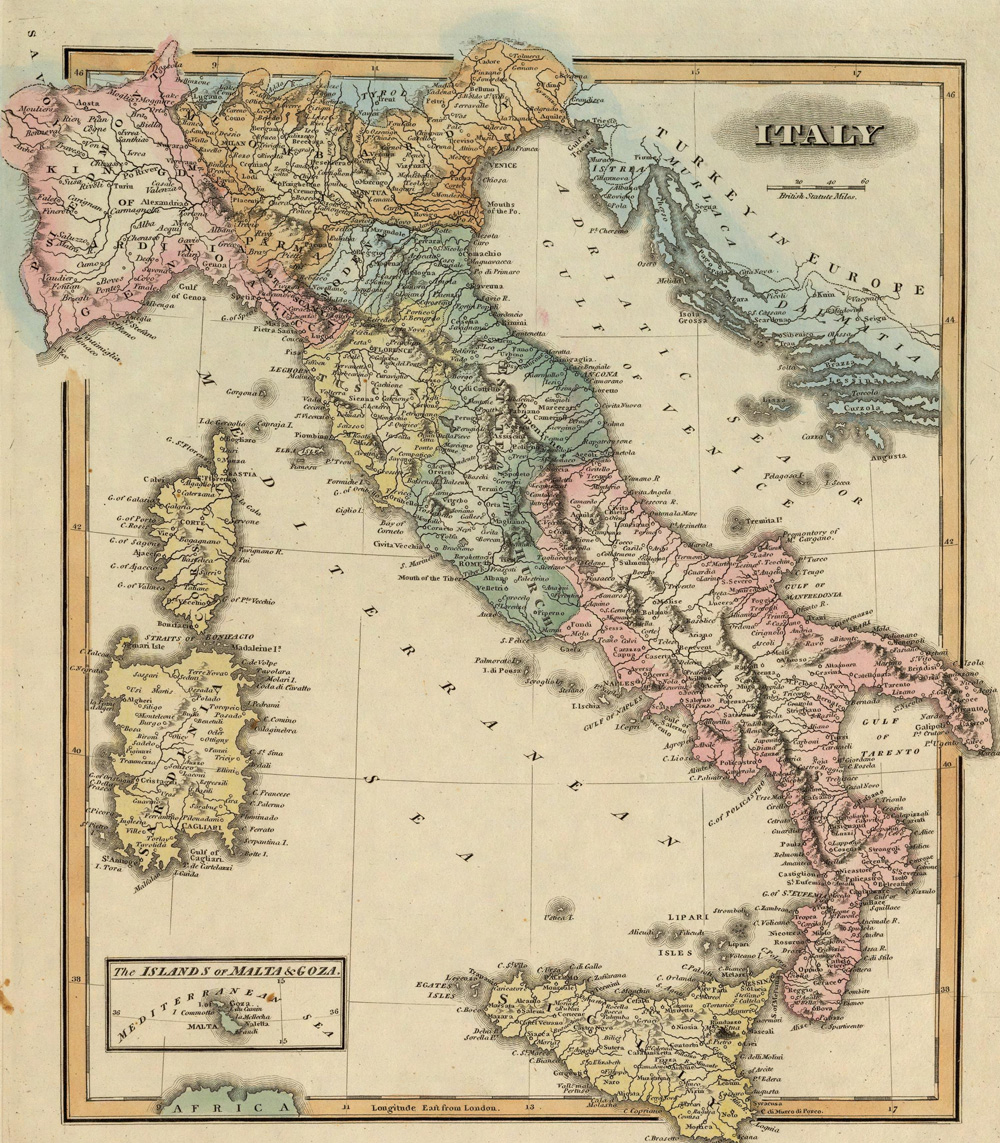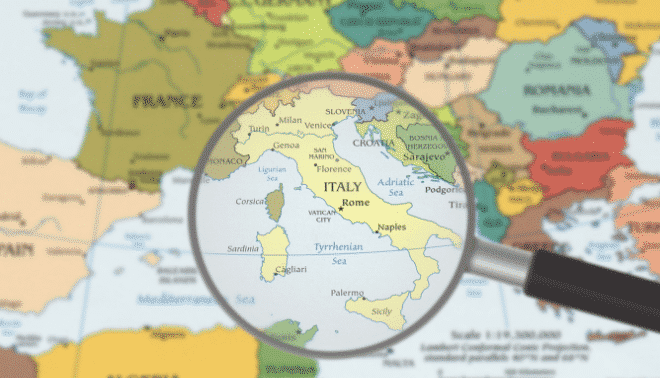Sign up for the Family Tree Newsletter Plus, you’ll receive our 10 Essential Genealogy Research Forms PDF as a special thank you!
Get Your Free Genealogy Forms
"*" indicates required fields
Every ethnic group in the United States can recite ways its group has impacted American culture, but Italians have them all beat. After all, we dubbed the land America — a fine Italian name. And who doesn’t like Italian food? Go to any US city and you’ll find restaurants serving up pizza, lasagna and tiramisu. Italy’s influence in America is everywhere you look, from expensive Armani suits to Roman art to Marlon Brando of Godfather fame. And descendants of Italia — among them baseball great Joe DiMaggio, Supreme Court Justice Antonin Scalia and blue-eyed crooner Frank Sinatra — represent one of the United States’ largest heritage groups.
More than 5 million Italians have immigrated to the United States since 1820, with 80 percent of them arriving during the peak immigration years, 1880 to 1920. Nearly 16 million Americans claimed Italian ancestry in the 2000 US census. If that includes you, it’s time to embark on the genealogical mystery tour to your roots. Let us guide you through the magnifico resources that await you.
Flight patterns
First, you’ll need a quick primer on Italian-American immigration history. Small numbers of Italians — mostly from northern Italy — came to America during the Colonial period. Italy still was a collection of independent states, so these early arrivals identified themselves by their hometown or region (Florence or Parma, for example) rather than Italy. Of course, to other Americans, they were all Italians, so that’s how they’re most likely listed in US records. When the Italian states unified as the Kingdom of Italy in 1861, some place names changed. You’ll need to know the pre-unification name to find family in earlier records; see Lynn Nelson’s A Genealogist’s Guide to Discovering Your Italian Ancestors (Betterway Books) for a list.
Modern Italy’s 103 provìnce are grouped into 20 regions (regióni). If your ancestors immigrated after the Civil War, they likely came from the southern regions of Abruzzi, Molise, Apulia, Basilicata, Calabria, Campania, parts of Latium and the island of Sicily. More than 3 million made the journey between 1901 and 1920. About a quarter of Italians who immigrated to the United States in steerage left from Naples. Other ports of departure were Genoa in northern Italy and Palermo in Sicily.
Most Italian emigrants, whose roots had been planted in their homeland’s soil for centuries, were what historians call “push migrants.” They didn’t want to leave Italy, but unfavorable circumstances— low wages, a failing agrarian economy, malnutrition, disease, industrial stagnation, the lingering feudal system, a high cost of living and government corruption — forced them to. On top of that, in the early 1900s, southern Italy experienced drought, volcanic eruptions of mounts Vesuvius and Etna, and a 1908 earthquake that killed more than 100,000 people in the city of Messina alone.
Higher wages and the opportunity to own land enticed people to America. In what’s called “chain migration,” villagers who’d already moved encouraged others to join them by sending money and putting up newcomers. Some chains were so strong that entire villages relocated over a period of years. Roseto, Pa., was settled almost entirely by Italians from Roseto Valforte, Apulia.
Southern Italians had a high rate of return migration: 30 percent — called “birds of passage” — went back to Italy within five years of coming to the United States. Many men planned to earn enough money in America to buy land back home. Those who stayed here generally sent for their families after three to five years, but some traveled back and forth several times before bringing kin. Once you identify an Italian man in passenger lists, check for other voyages. Since permanent US residence wasn’t a goal of many Italians, they were slow to become naturalized citizens.
From the June 2005 Family Tree Magazine
Updated: September 2022
Related Reads
ADVERTISEMENT







